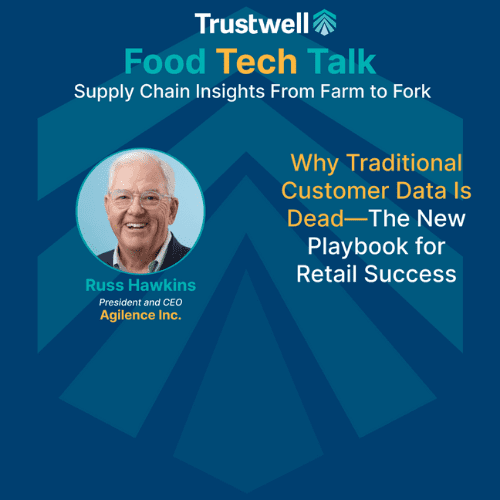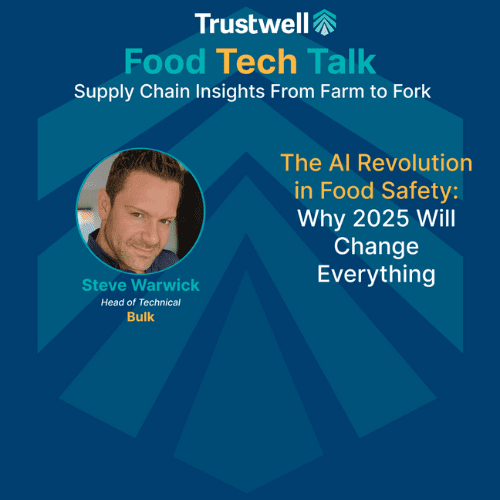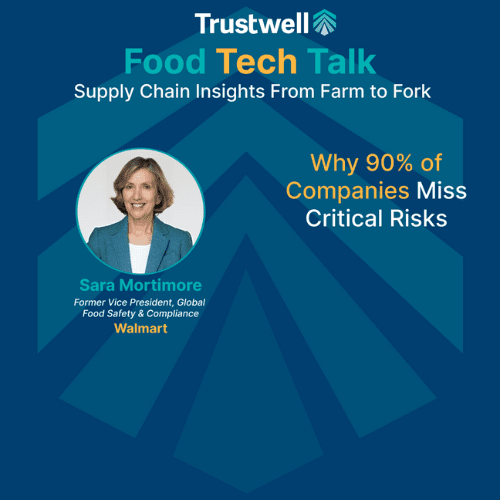From Paper to Digital: How The Spice Lab is Modernizing Food Safety Systems
Episode Summary:
What does it take to lead food safety in a fast-paced manufacturing environment? Michael Ciepiela, Director of Food Safety and Quality Assurance at The Spice Lab, joined Lydia Adams on the latest episode of Food Tech Talk: Supply Chain Insights from Farm to Fork to share his story and practical tips for building a safety-first culture.
Here are the biggest takeaways from their conversation:
Be Present and Hands-On
A strong food safety culture starts with leaders showing up. Michael emphasized the value of getting out on the floor, talking with employees, and seeing processes in action. When teams see their food safety leaders involved, accountability grows naturally.
Ditch the Textbooks—Make Training Real
Training sticks when it’s practical. Michael’s team uses real-world examples from their own facility, making food safety lessons more relevant and easier to remember. Employees are more likely to follow protocols when they understand why they matter.
Lean Six Sigma for Food Safety? Absolutely.
Michael highlighted how tools like value stream mapping and spaghetti diagrams—often used to improve efficiency—also help uncover risks in food safety processes. These visual tools reveal gaps and bottlenecks that might otherwise go unnoticed.
Paper Is Out. Real-Time Data Is In.
The future of food safety is digital. Michael talked about moving away from paper checklists to platforms like QAD Redzone, which offer real-time data and quicker problem-solving.
Mentorship and Lifelong Learning Matter
Food safety is always evolving. Michael credits his success to ongoing certifications, professional development, and leaning on experienced mentors. Sharing knowledge across teams and generations keeps safety standards rising.
AI Is Coming—But It Won’t Replace People
Artificial intelligence holds promise for food manufacturing, but Michael is realistic. While AI can help flag potential issues, human expertise is still critical. Technology supports decision-making—it doesn’t replace it.
Food safety leaders like Michael know that keeping products safe takes a blend of smart processes, engaged teams, and the right tools. As regulations tighten and consumers demand more transparency, companies investing in their food safety culture will stay ahead.
Want to hear the full conversation? Listen to the full episode below:


